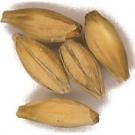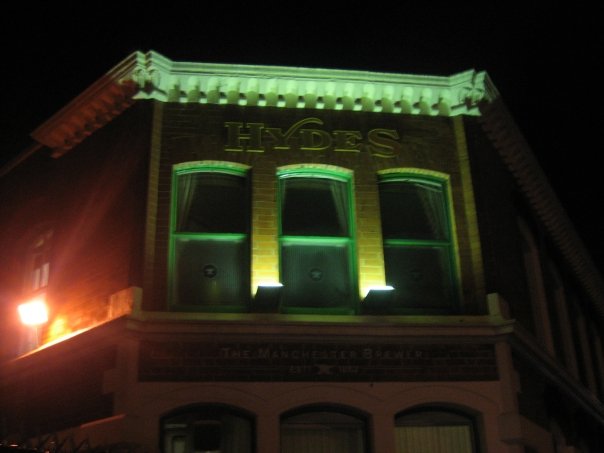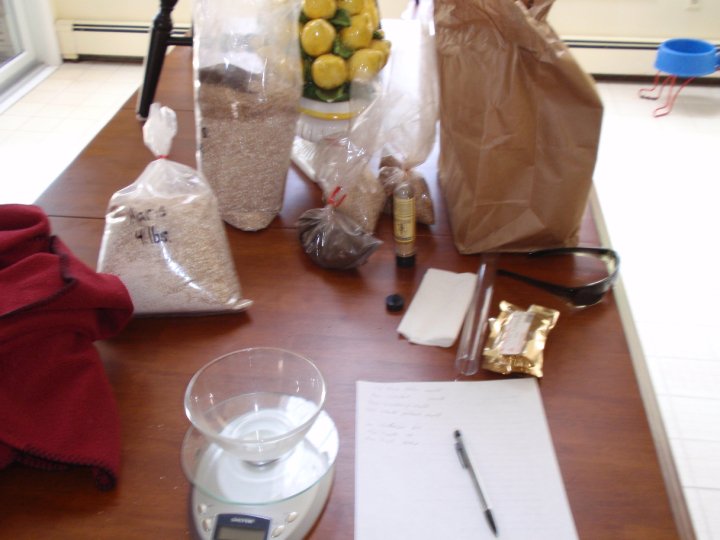
English Marris Otter
In the first post of the series on Malt we reviewed the different categories of malt and the enzymes that convert the starches into fermentable sugars. In this post we will review how to measure the effectiveness of the conversion. To do this we need to understand the “diastatic power” (DP) of malt. The DP measures the amount of diastase (another name for Alpha Amylase), enzyme present in the grain. In general, the hotter a grain is kilned, the less its diastatic activity.
The DP of malt is measured in degrees Lintner (°Lintner or °L, which is the same symbol used for Lovibond, which measures colour). JECFA, the Joint FAO/WHO Expert Committee on Food Additives, defines degrees Lintner as follows:
- A malt has a diastatic power of 100 °L if 0.1 cc of a clear 5% infusion of the malt, acting on 100cc of a 2% starch solution at 20°C for one hour, produces sufficient reducing sugars to reduce completely 5cc of Fehling’s solution.
The calculation of °L for a type of grain is typically done by the manufacturer and not by the homebrewer. As a rule of thumb though the total grain bill of a mash should have a DP of at least 40 °L in order to guarantee efficient conversion of all the starches in the mash to sugars.
British Pale malts tend to be in the 35-40 °L range and therefor only have enough DP to convert its own starches and none of the Specialty Malts. This would explain the heavy use of Crystal Specialty Malt which has no enzymes and introduces only unfermentable sugars to the wort. European Malts have a DP of 100 °L and American Malts range from 125 to 160 °L and are capable of converting both its own starches and that of other grains in the malt bill. This explains why many American brews use specialty malts which contain starches but no enzymes, such as Brown and Chocolate Malt due to higher kilning temperatures. American 6-row malts have DP’s over 160 °L.
So when building an all grain recipe consider carefully the malt bill and the DP of the malt used. If you use Specialty Malts which contain starches and wish to convert them remember to us a base malt with a higher DP such as American 2 or 6-row,
Now we understand how malt converts starches to fermentable sugars we can move on to calculate how much malt we need to make a recipes target Specific Gravity.
 Back in March I wrote a quick all-grain recipe for a reader (and now regular email correspondent) for Hydes Original Ale.
Back in March I wrote a quick all-grain recipe for a reader (and now regular email correspondent) for Hydes Original Ale.


